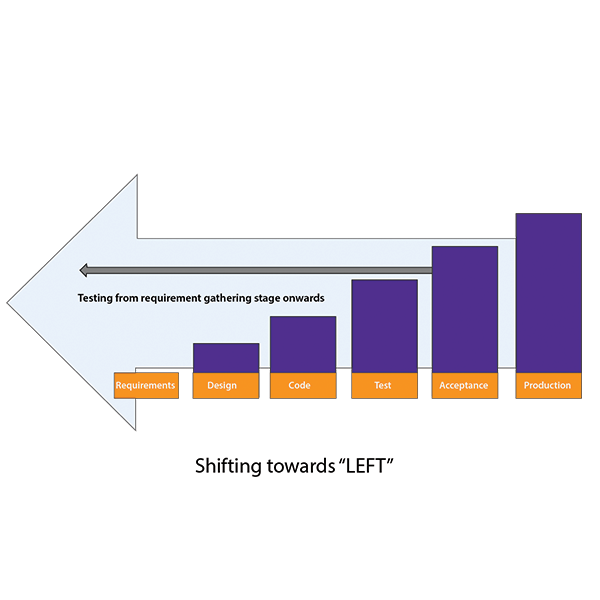Conventional CORE BANKING
Shift Left Testing
Teams that continuously test their code against integrated components can have better outcomes in reducing risk, as they are better able to find and fix potentially disruptive defects earlier in the lifecycle.
- Software is not delivered on time
- Software development costs are high
- Software quality does not meet standards
- Testing is not proper, leading to business losses
- Traditional software development approaches are becoming ineffective to curb newer expectations

